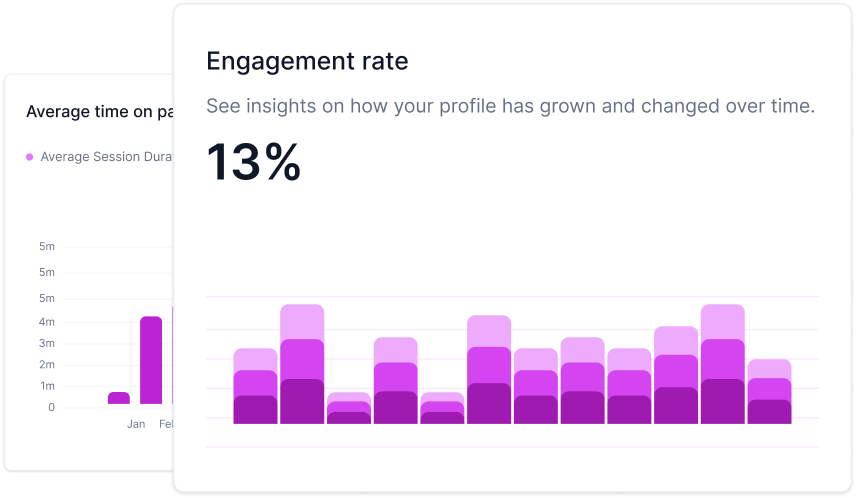What is the Conversion Rate?
The conversion rate is a key metric in online marketing that measures the percentage of website visitors who take a desired action, such as making a purchase, signing up, or filling out a form, out of the total number of visitors. It's a crucial indicator of how effectively a website or marketing campaign persuades users to complete specific goals.
Conversion rate, a fundamental metric in online marketing, plays a pivotal role in determining the success of your website and digital marketing efforts. Whether you're running an e-commerce store, a content-rich blog, or a lead generation campaign, understanding and optimizing your conversion rate can significantly impact your online presence. In this article, we'll break down the concept of conversion rate, offer strategies for improvement, and guide you on what to consider when evaluating your performance.
1. What Is Conversion Rate and How Do You Calculate It?
At its core, the conversion rate is a percentage that measures how many of your website visitors or campaign viewers take a specific action you desire. This action could be anything from making a purchase, signing up for a newsletter, filling out a contact form, or downloading an e-book. To calculate your conversion rate, use the following formula:
Conversion Rate = (Number of Conversions / Total Visitors) x 100
For example, if your e-commerce website receives 1,000 visitors in a month, and 50 of them make a purchase, your conversion rate would be (50 / 1,000) x 100 = 5%. This means 5% of your visitors converted into customers.
2. How Can You Improve Your Conversion Rate?
Boosting your conversion rate requires a deep understanding of your audience and strategic adjustments to your website or marketing materials. Here are some effective strategies to consider:
- Clear and Compelling Call-to-Actions (CTAs): Ensure that your CTAs are prominent, action-oriented, and provide a reason for visitors to click. Use persuasive language to entice them to take the desired action.
- Simplify Forms: If you're aiming to capture leads, make sure your forms are concise and easy to complete. Ask for only the necessary information and eliminate any unnecessary fields.
- A/B Testing: Experiment with different elements on your website, such as headlines, images, button colors, and copy. A/B testing helps you identify what resonates best with your audience.
- Improve Page Load Speed: A slow website can frustrate visitors. Optimize your site's speed to provide a smoother user experience.
- Leverage Social Proof: Highlight customer reviews, testimonials, or case studies to build trust and credibility.
- Personalization: Tailor your content and offers to the specific needs and preferences of your target audience. Personalization often leads to higher conversion rates.
3. What Is a Good Benchmark Conversion Rate for My Industry?
While the "ideal" conversion rate can vary by industry and business model, it's essential to have a baseline to gauge your performance. Industry benchmarks provide a point of reference, but it's equally important to set your goals based on your unique circumstances.
For instance, the conversion rate for e-commerce sites tends to hover between 1% and 5%, while SaaS companies might aim for conversion rates of 5% to 10%. Content-rich websites, like blogs, may see conversion rates around 1% to 3%.
To assess your competitiveness, research industry benchmarks and compare them to your own conversion rate. If your rate is significantly lower, there might be room for improvement. However, remember that every business is different, and your goals should align with your specific objectives.
Understanding and optimizing your conversion rate is crucial in the world of online marketing. It's not just about numbers; it's about improving user experiences, increasing ROI, and achieving your business goals. By defining conversion rate, implementing effective strategies, and aligning your expectations with industry standards, you can enhance your online performance and see your efforts translate into tangible results.

